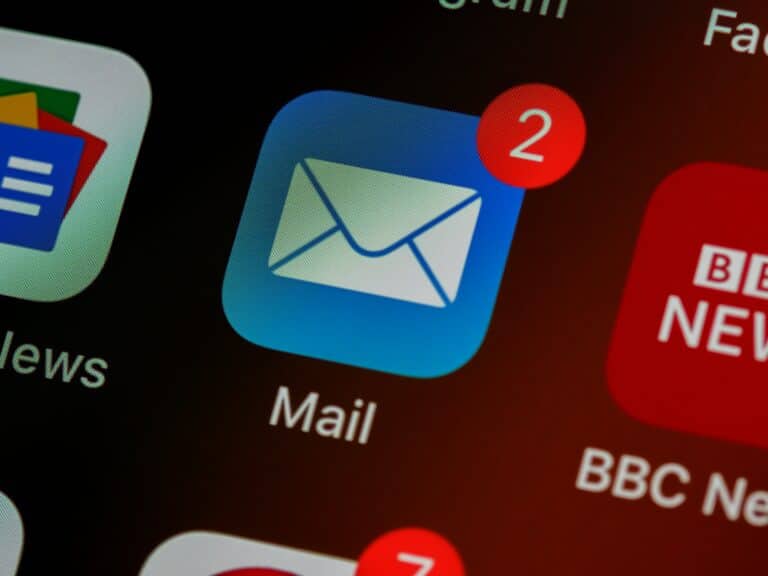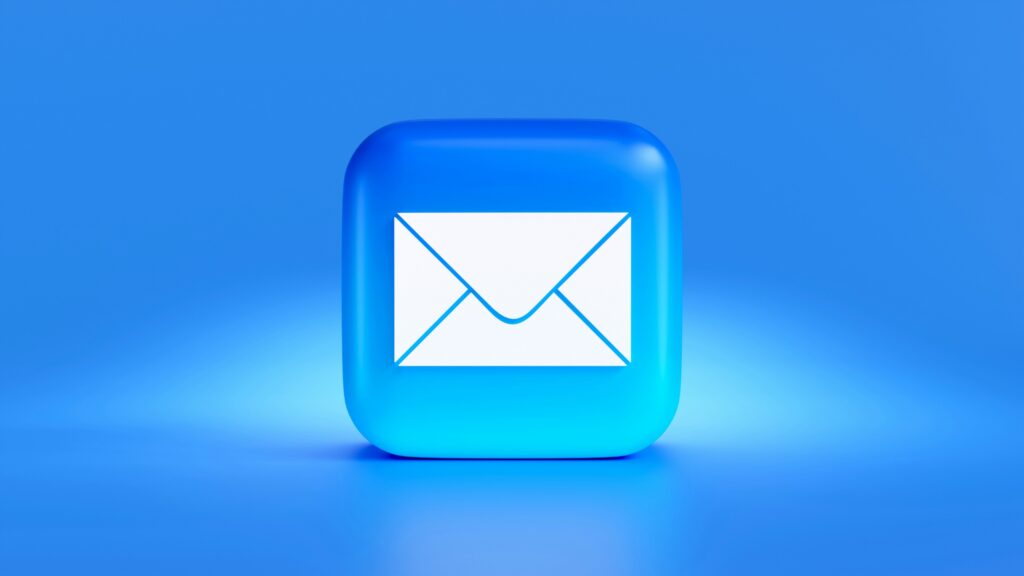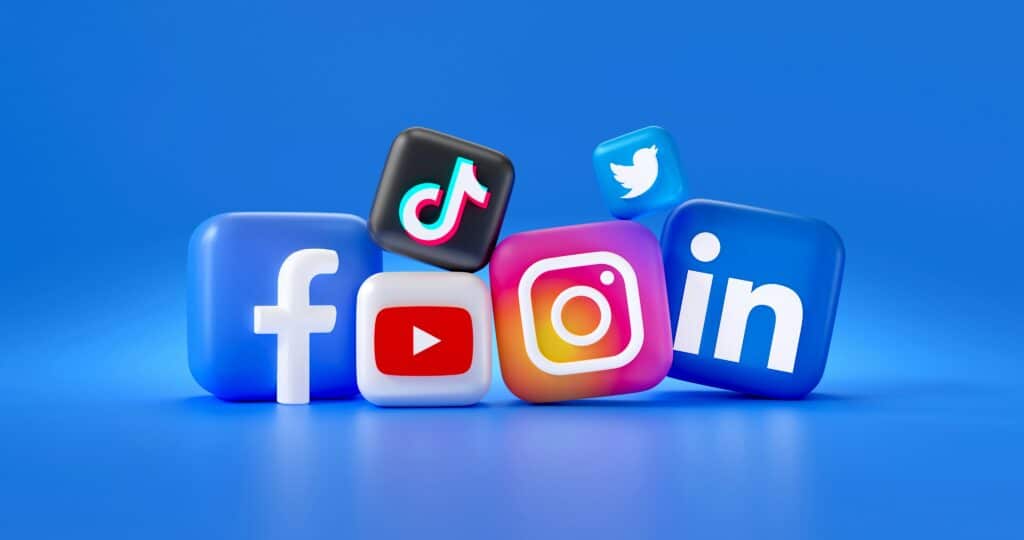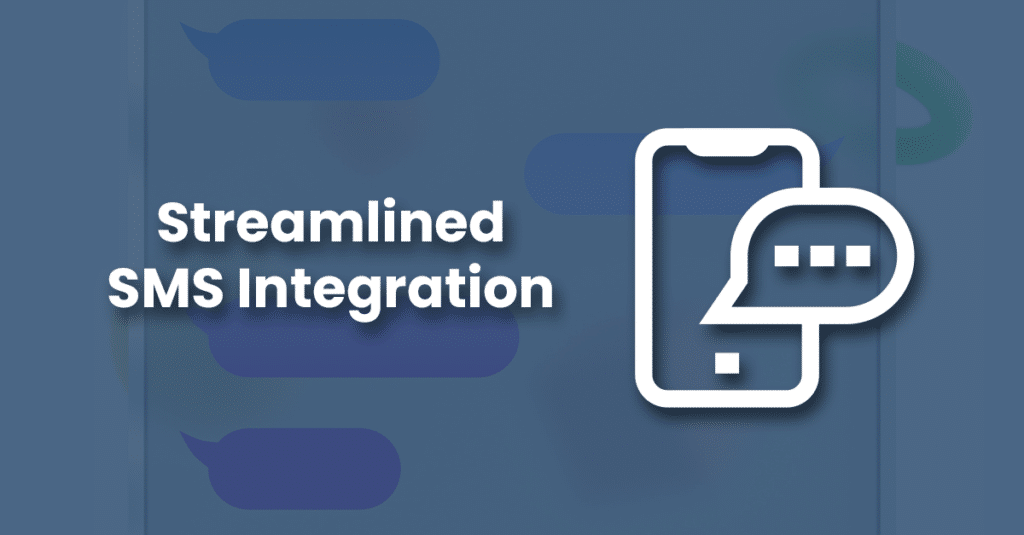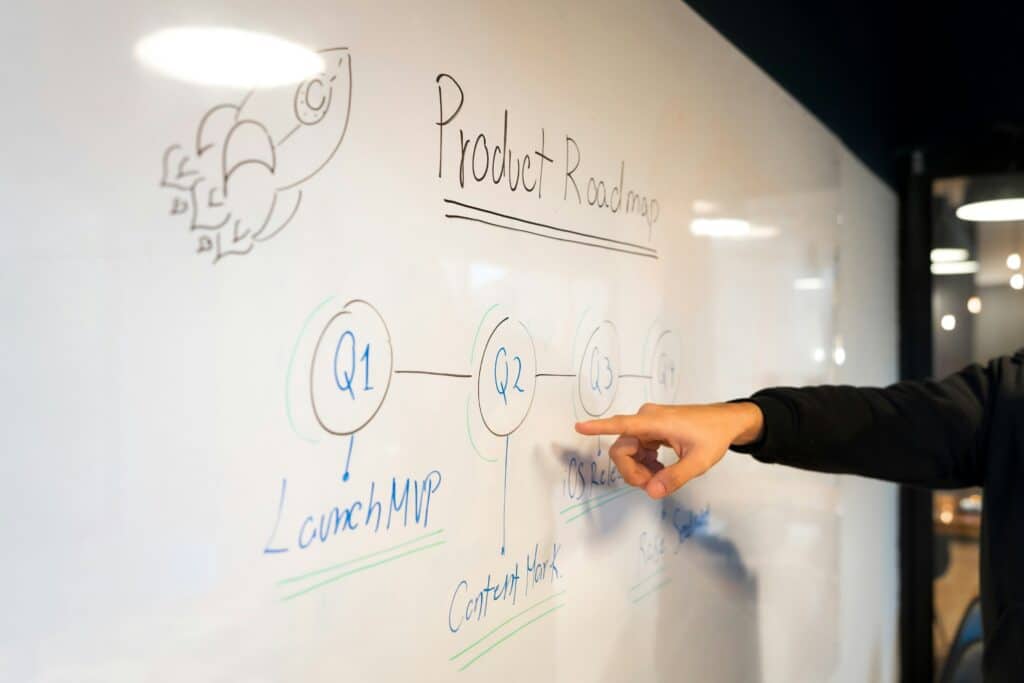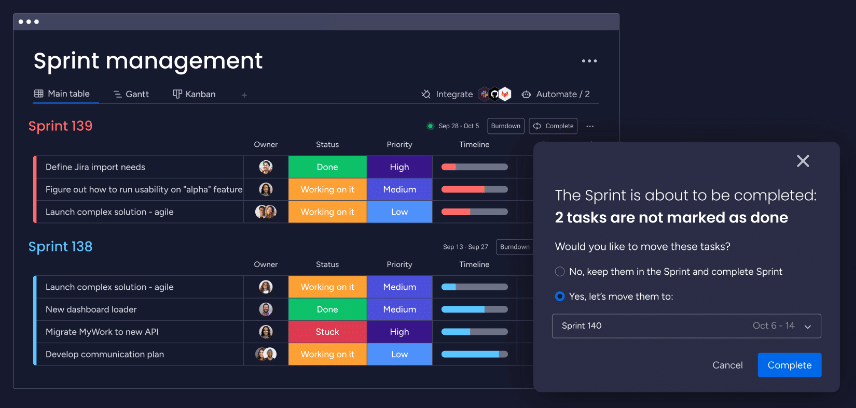Introduction
In the ever-evolving landscape of business-to-business (B2B) communication, the ability to convey messages effectively and efficiently stands paramount. Amidst the myriad of digital tools at our disposal, one has emerged as a cornerstone for successful interactions: email automation. Particularly in the realm of B2B communication, the adoption of email automation best practices can be a game changer.
This blog post delves into the world of email automation, focusing specifically on its application and immense potential in B2B communication. We’ll explore how the strategic use of email automation can not only streamline your communication processes but also enhance the quality of your interactions with other businesses. Email automation best practices are not just about sending emails; they are about building lasting relationships, ensuring timely and relevant communication, and optimizing your marketing efforts for maximum impact and efficiency.
As we navigate through the various facets of email automation best practices for B2B communication, remember that this isn’t just about the technology. It’s about using that technology to forge stronger, more meaningful B2B relationships. From understanding the basics to measuring the success of your email campaigns, our journey will equip you with the knowledge and tools necessary to transform your B2B communication strategies through the power of email automation.
Understanding the Basics of Email Automation
As we embark on a journey to understand email automation best practices for B2B communication, it’s crucial to start at the foundation. Email automation is more than just a tool; it’s a strategic approach to managing and optimizing your B2B communication channels. It involves using software to send out emails automatically, based on predefined triggers and schedules, ensuring your messages reach the right people at the right time.
The Essence of Email Automation in B2B Communication
At its core, email automation best practices for B2B communication revolve around the idea of efficiency and relevance. In a B2B context, time is a valuable asset, and conveying your message effectively without any delay is imperative. Automation allows for this by sending out timely and relevant emails without the need for manual intervention every time. This not only saves time but also ensures consistency in your communication.
Benefits of Embracing Email Automation
Adopting email automation best practices for B2B communication comes with a plethora of advantages. It enhances the ability to personalize content to different segments of your audience, ensuring that your communication is relevant and engaging. Automation also provides the capability to track and measure the effectiveness of your emails, allowing for data-driven decisions and continuous improvement in your B2B communication strategies.
Email Automation: A Key to Scalable B2B Communication
One of the most significant advantages of implementing email automation best practices in B2B communication is scalability. As your business grows, maintaining the same level of personalization and attention in your communications can become challenging. Email automation scales with your business, enabling you to maintain high-quality, personalized communication with a growing number of B2B partners and clients.
Omnitas Newsletter
Sign up for our monthly newsletter to stay up-to-date on our latest blog articles, videos and events!
Thank you!
You have successfully joined our subscriber list.
Essential Features of an Email Automation Tool
When implementing email automation best practices for B2B communication, choosing the right tool is pivotal. A robust email automation tool should not only simplify your workflows but also enhance the effectiveness of your B2B communications. Here are some essential features to look for:
1. Advanced Segmentation Capabilities
For effective email automation in B2B communication, it’s crucial to deliver messages that resonate with different segments of your audience. Look for tools that offer advanced segmentation capabilities, allowing you to categorize your B2B contacts based on various criteria like industry, company size, or engagement level. This helps in tailoring your communication to meet the specific needs and interests of each segment.
2. Personalization Options
Personalization is a cornerstone of email automation best practices for B2B communication. The ability to personalize emails – from addressing recipients by name to tailoring content based on their preferences or behaviour – can significantly boost engagement and response rates. Choose an email automation tool that offers extensive personalization features to make your B2B communication more impactful.
3. Integration with CRM and Other Systems
Effective email automation for B2B communication often requires seamless integration with your existing Customer Relationship Management (CRM) systems and other business tools. This integration ensures that your email campaigns are informed by real-time data and insights, leading to more targeted and relevant B2B communication.
4. Analytics and Reporting Features
To continually refine and improve your email automation strategies for B2B communication, you need detailed analytics and reporting capabilities. A good email automation tool should provide comprehensive insights into key metrics such as open rates, click-through rates, and conversion rates. This data is invaluable in understanding the effectiveness of your campaigns and making informed decisions.
5. User-Friendly Interface and Support
Lastly, an email automation tool for B2B communication should have a user-friendly interface, making it easy for your team to create, deploy, and manage email campaigns. Additionally, reliable customer support is essential for resolving any issues swiftly, ensuring your email automation efforts remain uninterrupted.
Crafting Your Email Automation Strategy
Developing a successful email automation strategy is a critical step in harnessing email automation best practices for B2B communication. A well-crafted strategy not only streamlines your communication efforts but also ensures that each email sent out aligns with your overall business objectives. Let’s break down the steps to create an effective email automation strategy:
1. Define Your B2B Communication Goals
The first step in crafting your email automation strategy is to clearly define your B2B communication goals. Are you looking to nurture leads, enhance customer engagement, or perhaps convey important updates about your services? Having clear objectives will guide your email content, timing, and audience segmentation.
2. Identify Your Target Audience
Understanding your target audience is vital for effective email automation in B2B communication. Determine who your ideal B2B clients or partners are, and gather as much information about them as possible. This will help in creating targeted messages that resonate with their specific needs and interests.
3. Segment Your Audience for Targeted Communication
Implementing email automation best practices for B2B communication involves segmenting your audience based on various criteria such as industry, company size, or engagement level. This enables you to tailor your messages to each group, ensuring that they are relevant and valuable to the recipients.
4. Develop a Content Plan
Your email content should reflect your brand voice and convey your message effectively. Plan your content carefully, considering the different stages of the B2B customer journey. This could range from educational content for prospects to more detailed product information for leads closer to conversion.
5. Set Up Automation Triggers and Workflows
Decide on the triggers that will initiate your email sends. These could be actions like a new subscriber signing up, a lead downloading a resource, or a client reaching a certain milestone. Setting up automated workflows based on these triggers ensures timely and relevant communication.
6. Test and Optimize Your Emails
A key component of email automation best practices for B2B communication is testing. Use A/B testing to experiment with different elements like subject lines, email designs, and call-to-actions. Analyze the results to continually refine and improve your email strategy.
7. Measure Success and Iterate
Finally, measure the success of your email automation strategy using key performance indicators (KPIs) like open rates, click-through rates, and conversion rates. Regularly review these metrics and iterate your strategy to enhance its effectiveness over time.

Leveraging monday.com and Make for Enhanced Email Automation
In the realm of email automation best practices for B2B communication, the combination of monday.com‘s Sales CRM and Make offers a formidable solution. This power duo brings together the convenience and effectiveness of an integrated system with the flexibility and customization of advanced automation tools.
monday.com Sales CRM: Streamlining Email Automation
monday.com’s Sales CRM stands out for its seamless integration of email functionalities. The platform’s emails and activities feature allows users to send mass emails from customizable templates, ensuring each message is both personalized and aligned with your brand. This feature is particularly beneficial for B2B communication, as it eliminates the need for separate email automation tools. Everything you need for effective email communication is housed within your CRM, simplifying your workflow and enhancing efficiency.
Personalization at Its Best
Personalization is key in B2B email communication, and monday.com excels in this area. The ability to tailor each email to the recipient ensures that your messages are relevant, engaging, and more likely to elicit a positive response. This level of personalization, combined with the ease of use offered by having your email automation tool within your CRM, sets monday.com apart as an ideal platform for B2B communication.
Make: Customization and Automation Unleashed
When paired with Make, the capabilities of monday.com’s Sales CRM are further amplified. Make allows for intricate customization and automation of tasks and functions, enhancing the email automation experience. This can include setting up complex workflows, automating follow-up emails based on specific triggers, and integrating with other tools to gather data for more targeted communication.
A Synergistic Approach for B2B Email Automation
Together, monday.com and Make create a synergistic approach to email automation, perfect for B2B communication. The integration of CRM and advanced automation tools allows for a more refined, efficient, and effective email strategy. This combination not only saves time but also provides a level of customization and personalization that is crucial in today’s competitive B2B landscape.
Conclusion
In conclusion, mastering email automation best practices for B2B communication is not just about utilizing the right tools; it’s about strategically aligning these tools with your business goals to create meaningful and efficient interactions. From understanding the basics of email automation to leveraging powerful platforms like monday.com and Make, the journey towards effective B2B communication is both exciting and rewarding. By implementing the strategies and insights discussed in this blog post, you’re well on your way to enhancing your B2B communication and building stronger business relationships.
Book an Introductory Call
If you’re intrigued by the potential of leveraging monday.com and Make for your email automation needs, we’re here to help. Omnitas Consulting specializes in tailoring these tools to fit your unique business requirements, ensuring you get the most out of your email automation strategies. We invite you to book an introductory call with us below to explore how we can transform your B2B communication and help you achieve your business objectives.
Subscribe to Our Monthly Newsletter
Did you find this article insightful? If you’re keen on staying updated with more content like this, we encourage you to subscribe to our monthly newsletter below. You’ll gain access to a wealth of knowledge on topics ranging from marketing, sales, IT, and projects, to HR, automation, and integration. Stay in the loop with the latest trends and best practices that can propel your business forward.

